Xôi Gấc: Basic Information
Pronunciation
Alternative Name(s)
Dish Type
Course
Mealtime
Popular Variations
Xôi Gấc: Ingredients and Preparation
Main Ingredients
Main Cooking Method
Preparation Process
Xôi Gấc: A Deep Dive
Cultural Significance
Taste
Texture
Aroma
Color
Serving Style
Serving Temperature
Accompaniment
- Savory dishes: chả lụa (boiled pork sausage), thịt kho tàu (caramelized pork and eggs), lạp xưởng (Chinese-style sausage), chà bông (meat floss), etc.
- Drinks: trà đá (iced tea) and sữa đậu nành (soy milk).
Occasions
Seasons
Special Diets
Calories
Popularity
Popular Similar Dishes
- Xôi Lá Dứa
- Yaksik
Popular Dining Area
Xôi gấc is a traditional sticky rice dish that is characterized by its vibrant red color that is achieved by using gac fruit.
It’s one of Vietnam’s most popular sticky rice variants, even as a street food option, for its simplicity, appealing look, and taste.
To make xôi gấc, the glutinous rice is prepared like a regular sticky rice dish before extracting the color from the gac fruit by soaking its inner flesh and seed in white wine. Then, the rice grains and gac mixture is combined for cooking.
Additionally, some will prepare a thick coconut milk mixture to add to the sticky rice during the cooking process, thus adding a fatty and sweet profile.
Commonly, xôi gấc is often a part of the food offerings in Vietnam during the Lunar New Year.
To learn more about xôi gấc, uncover all the benefits and drawbacks of eating this red sticky rice. Plus, you shouldn’t miss some inquiries from many people about xôi gấc along with dishes that share similarities to this red sticky rice.
Key Points
Xôi Gấc Images
What Are Popular Accompaniments For Xôi Gấc?
Xôi gấc pairs well with the following foods and drinks.
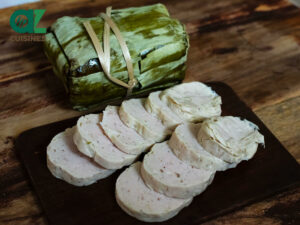
Chả Lụa
Known as giò lụa in Northern and chả lụa in Southern part. Made from finely ground pork tenderloin, fish sauce, and wrapped in banana leaves before boiling.
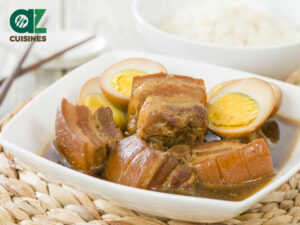
Thịt Kho Tàu
Also known as caramelized pork and eggs, known for its tender pork and caramelized eggs.
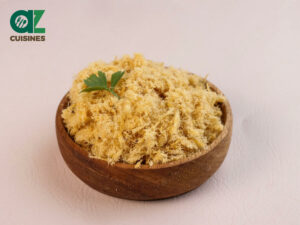
Chà Bông
Chà bông is a Vietnamese version of pork floss, that possesses a salty taste. It’s usually sprinkled over xôi gấc to a savory profile to the sticky rice.

Thịt Heo Quay
Roasted pork adds the necessary savoriness to xôi gấc; usually, the meat is cut into small bits or moderate pieces for serving as a topping over the sticky rice.

Giò
Giò is a Vietnamese steamed boiled pork sausage offering a smooth and firm texture. People often cut it into slices or bite-sized pieces for pairing with xôi gấc.
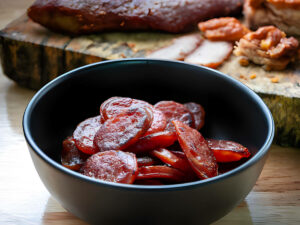
Lạp Xưởng
Lạp xưởng is a type of sweet and savory sausage in Vietnam that is inspired by the Chinese sausage of lap cheong. It’s often fried and cut into slices for serving with xôi gấc.
That xôi gấc can pair with a large number of foods and drinks is a significant upside. Stay tuned for more advantages and possible disadvantages of this Vietnamese starch dish.
Pros and Cons of Eating Xôi Gấc
When you’re considering consuming xôi gấc, explore the good and bad aspects that will greatly affect your decision:
Pros
Cons
Later on, discover some of the common concerns relating to xôi gấc to expand your understanding of this popular sticky rice variety.




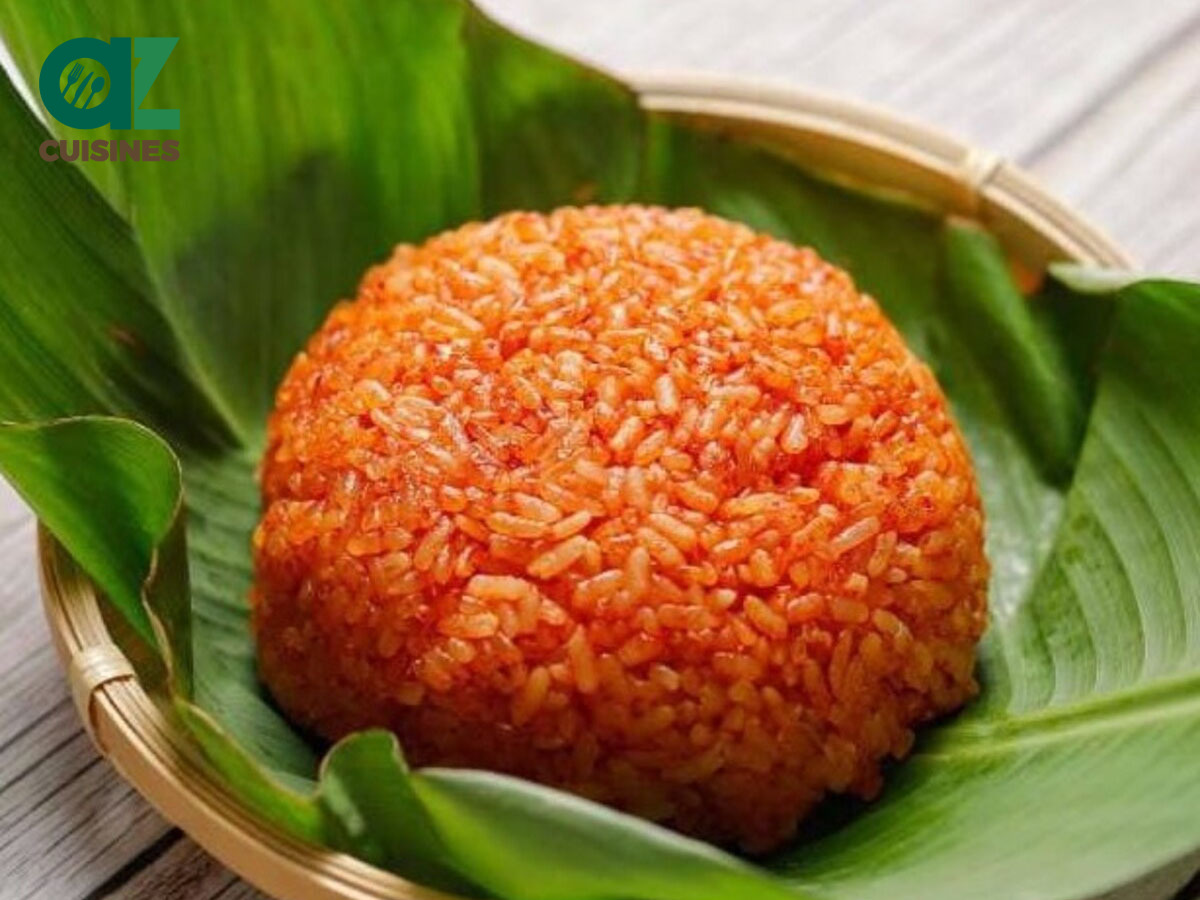
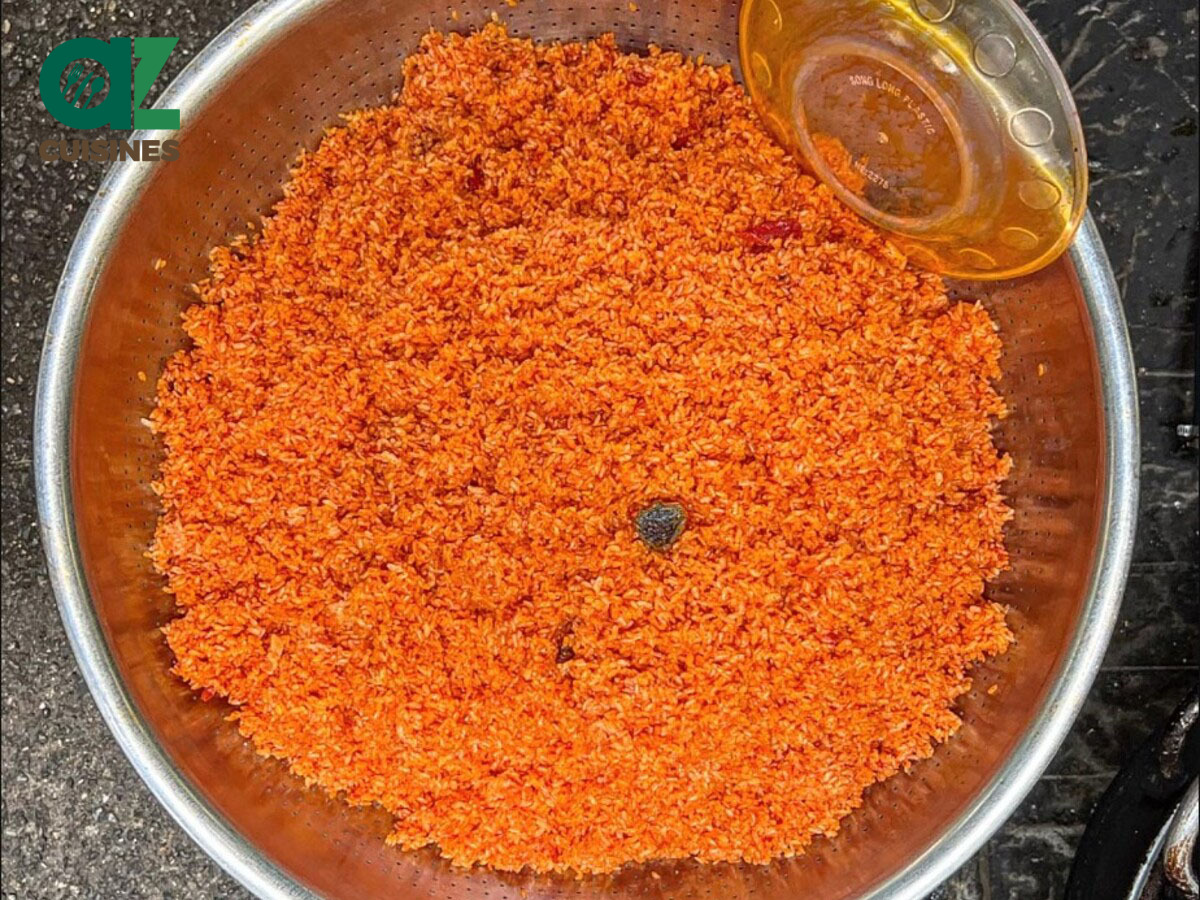
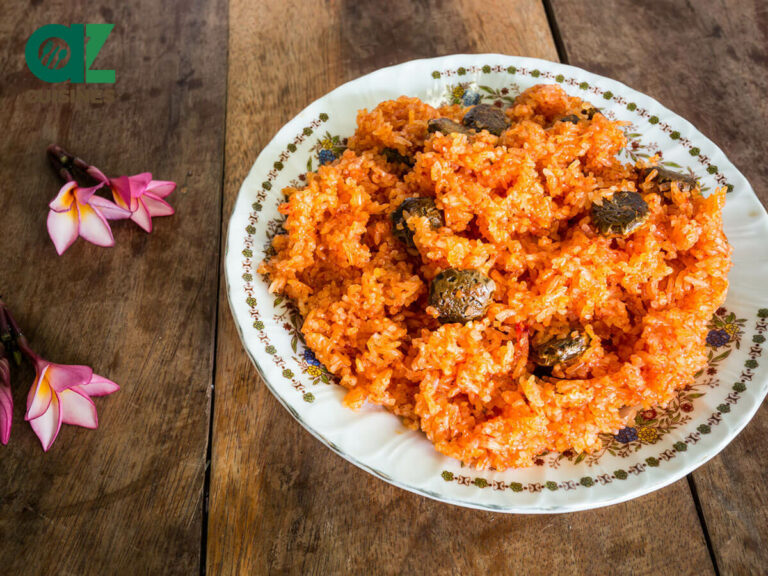
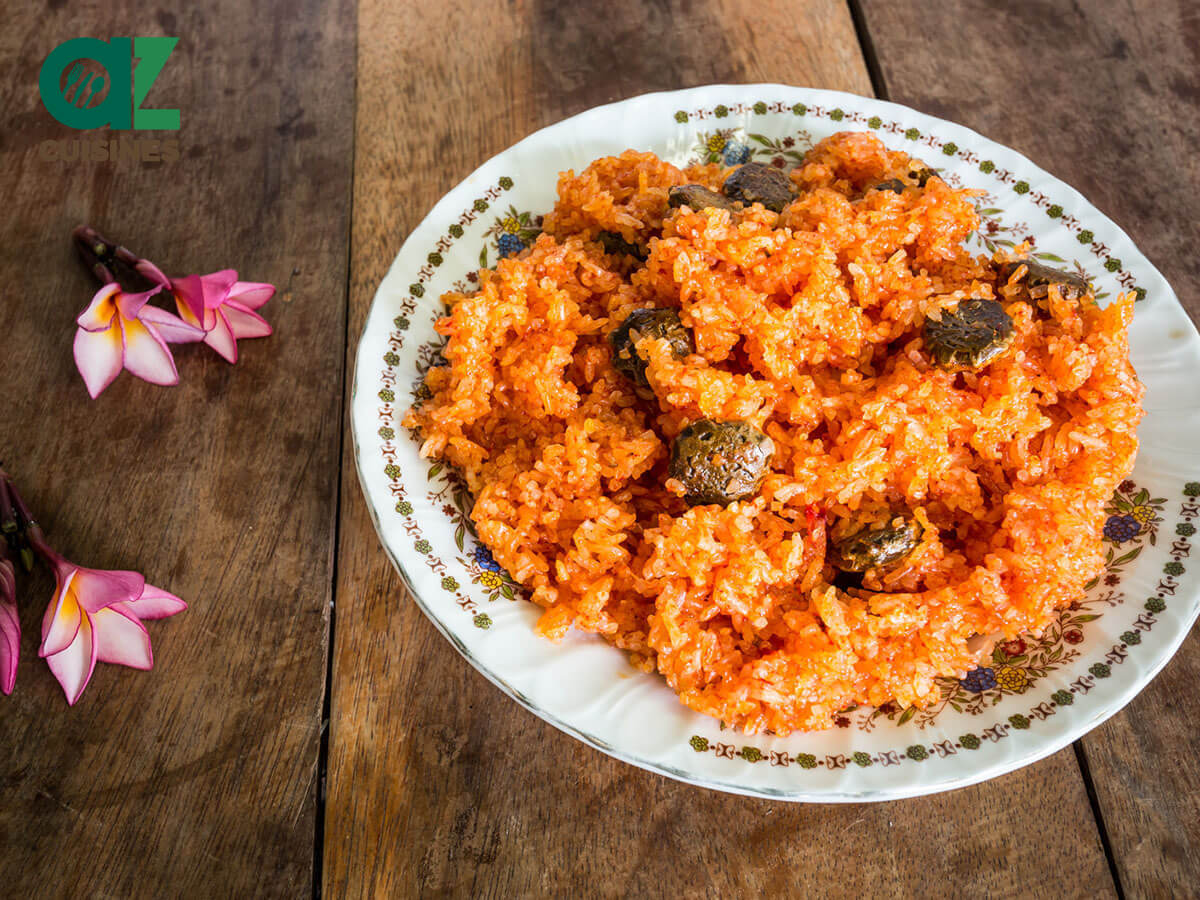
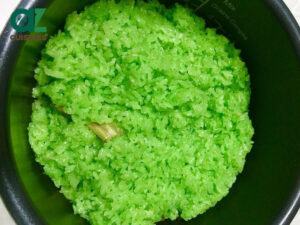
Truc Tran (Kris)
Senior Food Editor
Expertise
Home Cooking, Meal Planning, Recipe Development, Baking and Pastry, Food Editor, Cooking-video Maker, Vietnamese Food Evaluation Expert
Education
Truc Tran (Kris), an experienced food writer and editor, is great at exploring and describing global cuisines, from simple street food to fancy dining. In her writing, she skillfully mixes different flavors, cooking methods, and culinary traditions, showing the unique character of various cultures through their food and drinks. On azcuisines.com, Kris highlights her knowledge, especially in Asian cuisine and worldwide traditional dishes.